Growing Perennials
Perennial plants in the garden are the seasonal hits of color and foliage that will return year after year. Some perennials are only hardy in tropical climates, while others are tough as nails and survive winters in the coldest USDA growing zones. Some perennials have reputations of only blooming once during the season and others will bloom on and off all growing season. The vast majority of perennials require minimal maintenance when planted in the right spot of the garden.
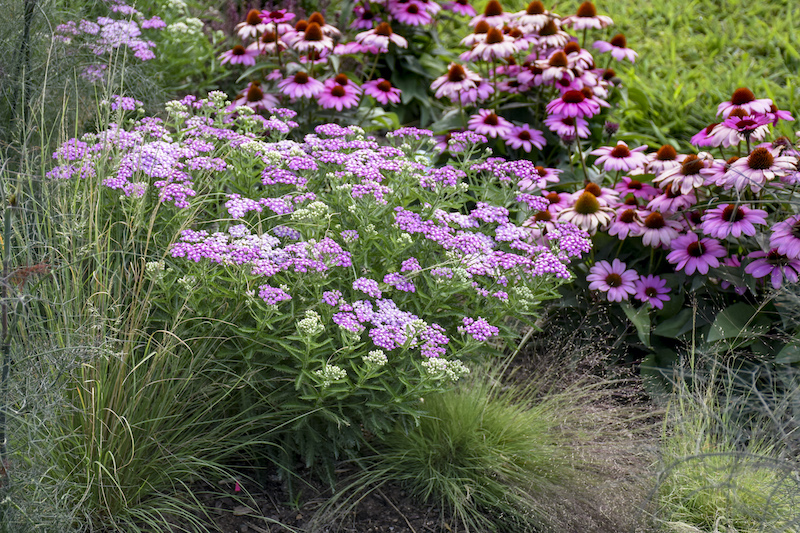
Planting Perennials
For perennials to thrive, they must be planted in the correct location of the garden from the start. Determine if the plant needs full sun, part shade, or a mix of both. Most perennials thrive in well-drained and moist soil, although there are a large number of native (and non-native) plants that prefer soil that dries well between waterings and tolerate more extended periods of drought and heat. These considerations should be outlined on the care label typically included for most plants.
The general rule for planting perennials is to dig a hole about the same size as the plant pot. Fertilizers should not be added directly to the bottom of the hole as dry fertilizer can quickly burn the roots. Replace the soil around the rootball and water the root zone well. A 2-3 inch layer of finely shredded leaves or compost spread around the base of the plant will help to suppress weeds and keep the soil moist for longer.
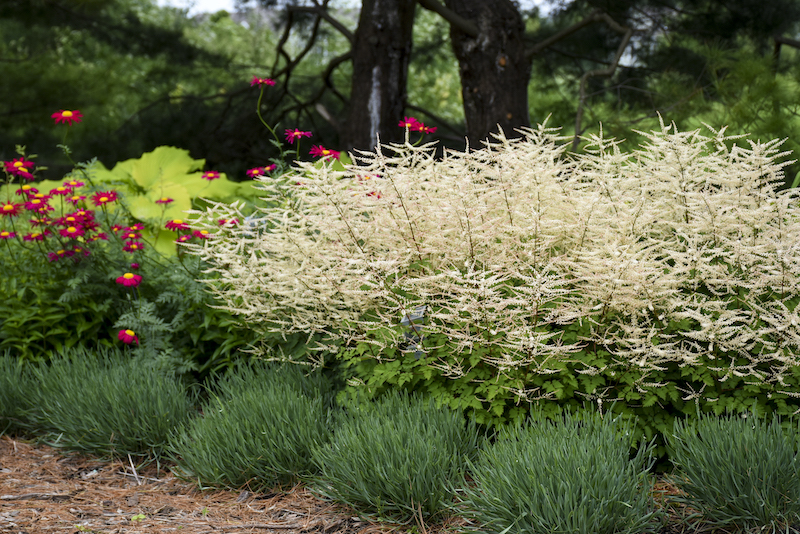
Watering Perennials
Perennials require around one inch of water a week to thrive. Deep watering once or twice a week will help perennials to establish healthy root systems that grow deeper in the soil. After the plants are well established, watering can usually be reduced to once every week to 10 days. Drip irrigation or soaker hoses in garden beds help to efficiently deliver water to the root zone while helping to keep the foliage dry. Wet foliage for a prolonged period is an invitation for pests and diseases to attack. Mildew and fungal diseases are the most common pests for most perennials.
Fertilizing Perennials
Generally, perennials will be satisfied with annual spring fertilization as new growth emerges. Granular, extended-release fertilizers are ideal and will provide a gentle level of nutrients during the growing season. Choose either a balanced NPK ratio of 10-10-10 or a specialized formulation for blooming and rooting. A ratio of 1-4-2 or similar will benefit heavy flowering without encouraging too much foliage growth.
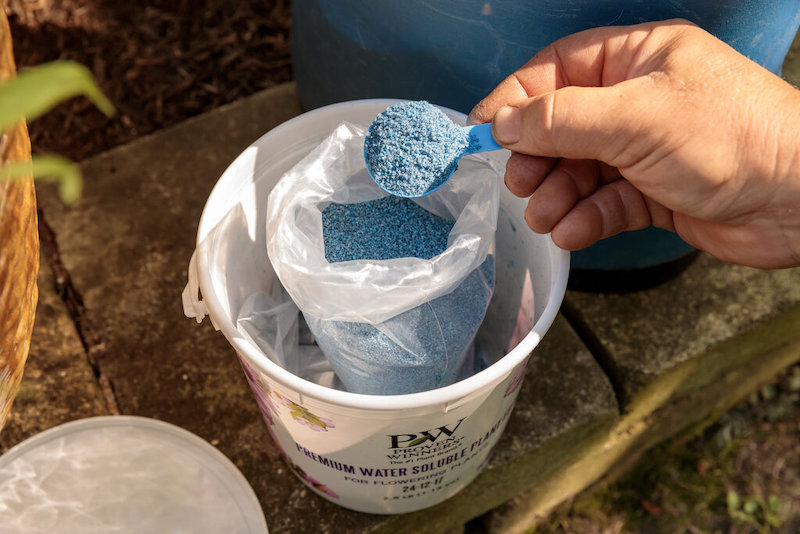
Pruning Perennials
Pruning for perennials includes deadheading, shearing, and sometimes pinching out. Deadheading of spent flowers can encourage a longer blooming period. Shearing back the whole plant by about one-third mid-season will promote fresh new foliage growth and may spur a second flush of blooms later in the season. You can also pinch the branch tips and early flower buds to encourage bushier growth overall.
Caring For Perennials in Pots
A selection of perennials can be successfully grown in containers for one or more seasons. Perennials that are naturally small, such as English ivy, hellebores, or ferns make great additions to seasonal mixed plantings. Smaller hybrid cultivars of larger perennials also work great for containers on a deck or patio. Try compact varieties of coneflowers, shasta daisies, and ornamental grasses to add impact to a display of containers.
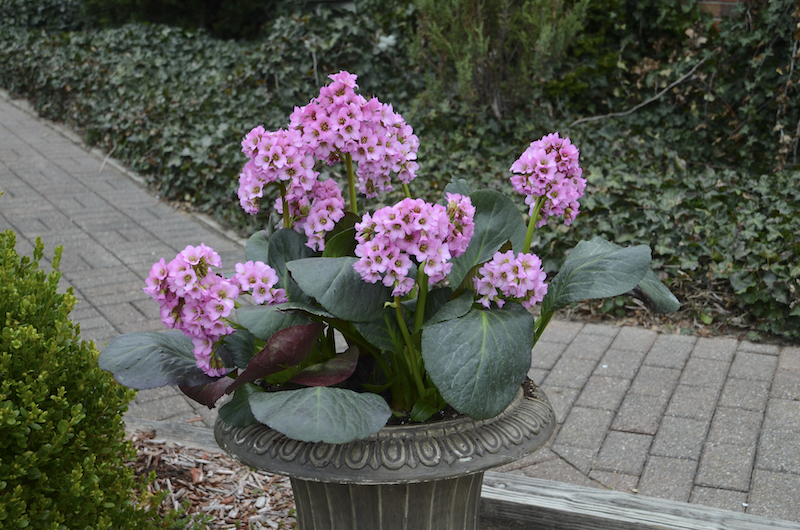
Winter Care for Perennials
All perennials are classified by the USDA gardening zones that they tolerate. The lowest numbered zone is based on the coldest temperatures the plant will tolerate and still grow successfully. Research which USDA zone your garden is in and grow only those plants rated for your climate. Most perennials are classified as herbaceous and will die back fully to the ground at the end of the growing season. The only part of the plant that remains is the root ball and growth crown, both parts typically under the soil. Applying a 4-6-inch layer of organic mulch will help to insulate the roots and protect the perennial, as will allowing any remaining top growth to remain in place until the new growth emerges in the spring.
Caring for Perennials
 |
Author Robbin Small - Published 1-12-2022 |

 Agapanthus Care
Agapanthus Care Allium Care
Allium Care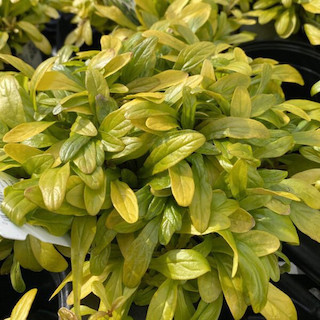 Ajuga Care
Ajuga Care Amsonia Care
Amsonia Care Aster Care
Aster Care Astilbe Care
Astilbe Care Avens Care
Avens Care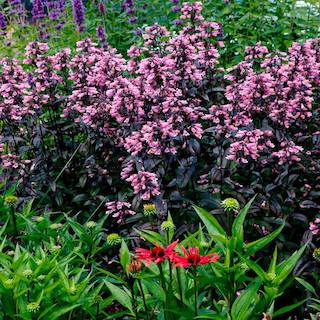 Beardtongue Care
Beardtongue Care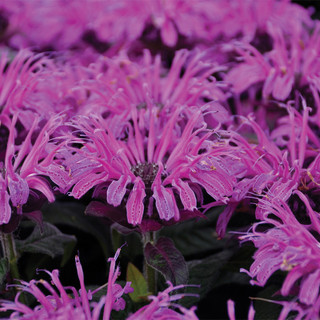 Bee Balm Care
Bee Balm Care Bellflower Care
Bellflower Care Black-Eyed Susan Care
Black-Eyed Susan Care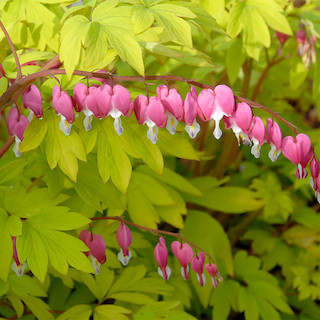 Bleeding Heart Care
Bleeding Heart Care Catmint Care
Catmint Care  Clematis Care
Clematis Care Columbine Care
Columbine Care Coneflower Care
Coneflower Care Coral Bells Care
Coral Bells Care Daisy Care
Daisy Care Dead Nettle Care
Dead Nettle Care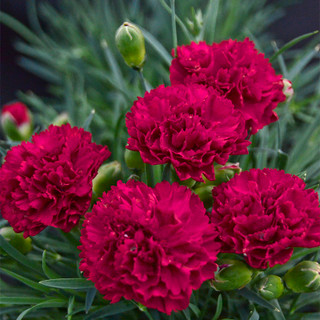 Dianthus Care
Dianthus Care False Indigo Care
False Indigo Care Fern Care
Fern Care Foamflower Care
Foamflower Care Foxglove Care
Foxglove Care Goatsbeard Care
Goatsbeard Care Hellebore Care
Hellebore Care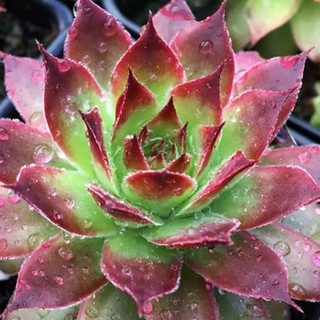 Hens & Chicks Care
Hens & Chicks Care Hollyhock Care
Hollyhock Care Hosta Care
Hosta Care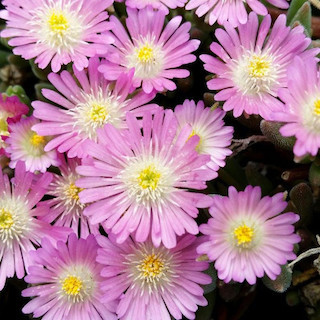 Ice Plant Care
Ice Plant Care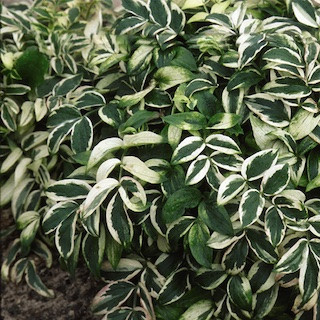 Jacob's Ladder Care
Jacob's Ladder Care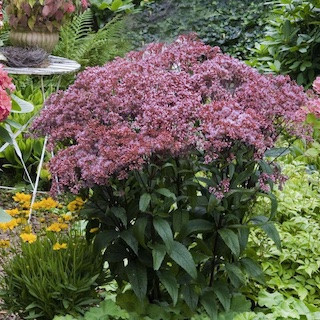 Joe Pye Weed Care
Joe Pye Weed Care Larkspur Care
Larkspur Care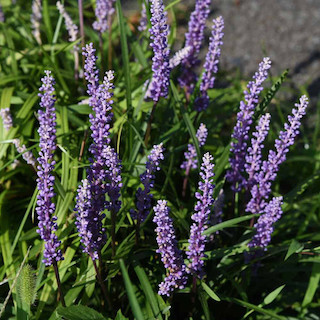 Liriope Care
Liriope Care Lobelia Care
Lobelia Care Lungwort Care
Lungwort Care Lupine Care
Lupine Care Milkweed Care
Milkweed Care Ornamental Grass Care
Ornamental Grass Care Phlox Care
Phlox Care Poppy Care
Poppy Care Red Hot Poker Care
Red Hot Poker Care Salvia Care
Salvia Care Sedum Care
Sedum Care Speedwell Care
Speedwell Care Tickseed Care
Tickseed Care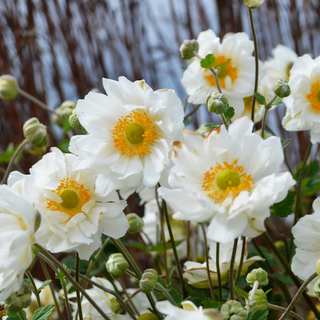 Windflower Care
Windflower Care Yarrow Care
Yarrow Care Yucca Care
Yucca Care